Americans Need to Face the Horror That Undocumented Children Have Experienced
A young boy is helped down from the top of a freight car, as Central Americans board a northbound freight train in Ixtepec, Mexico. AP/Eduardo Verdugo American flags and “Return to Sender” posters festooned the recent anti-immigrant demonstrations in the small Southern California town of Murrieta. The mostly white protesters practically frothed at the mouth […]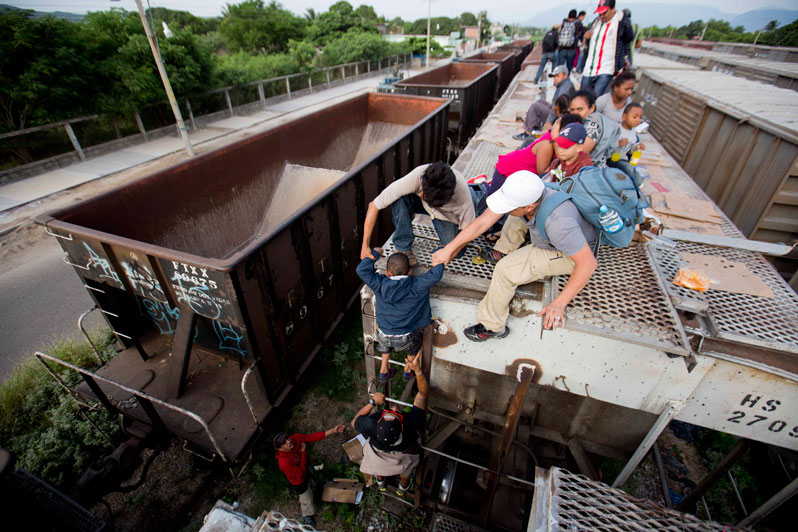 A young boy is is helped down from the top of a freight car, as Central Americans board a northbound freight train in Ixtepec, Mexico. AP Photo/Eduardo Verdugo
1
2
A young boy is is helped down from the top of a freight car, as Central Americans board a northbound freight train in Ixtepec, Mexico. AP Photo/Eduardo Verdugo
1
2

A young boy is helped down from the top of a freight car, as Central Americans board a northbound freight train in Ixtepec, Mexico. AP/Eduardo Verdugo
Independent journalism is under threat and overshadowed by heavily funded mainstream media.
You can help level the playing field. Become a member.
Your tax-deductible contribution keeps us digging beneath the headlines to give you thought-provoking, investigative reporting and analysis that unearths what's really happening- without compromise.
Give today to support our courageous, independent journalists.
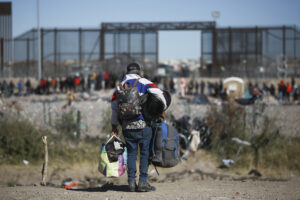

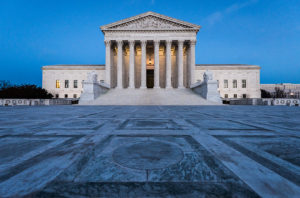
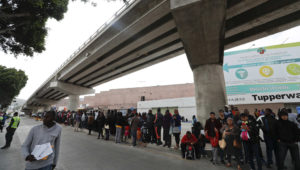

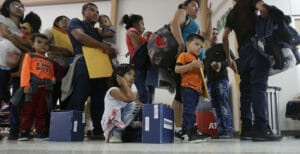
You need to be a supporter to comment.
There are currently no responses to this article.
Be the first to respond.